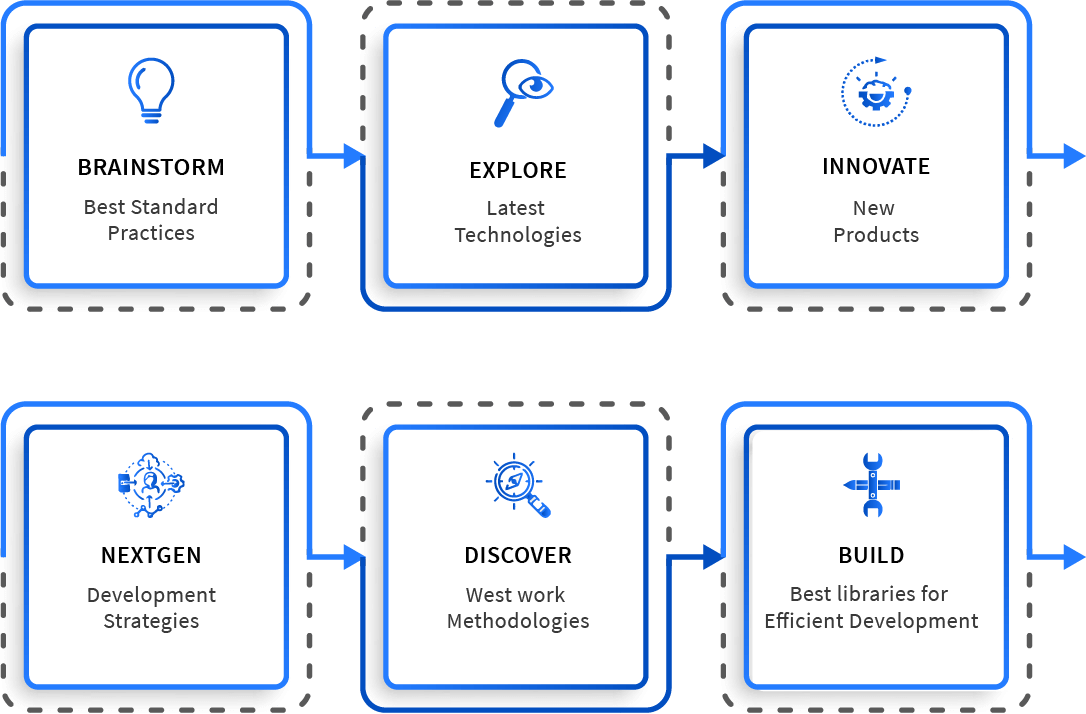















We at Ways & Means have a dedicated QA team equipped with best of industry tools and methods to ensure the Quality of your product. After researching for years our process of QA comprises of the below mentioned steps, these steps keep on revising with more inputs from the R&D team. It is a dynamic process and has to grow and be updated to the latest ways and methods.
Performance testing is a technique that is non-functional in nature which we use to determine the parameters of the applications in terms of responsiveness and stability under various workload scenarios. It indicates quality attributes of your application such as scalability, reliability, stability, speed, and resource usage. Techniques that we use for performance testing include techniques – load testing, stress testing, soak testing, and spike testing.
Functional testing validates the application design against functional requirements and specifications. The objective is to test the function of the software application by providing appropriate input and then verifying the output against the functional requirement. It mainly involves black box testing and is not concerned about the source code. This testing type covers aspects of mainline functions, basic usability, accessibility, and error conditions.
A bug tracking tool is a must for systematic tracking of both functional and non-functional testing of any application. It helps to record, reporting, assigning and tracking the bugs. Better the bug tracking tool, better the quality of the product.
Get in touch with us and discuss the needs and requirements of your project.
Hear And Read Success Stories Straight From Our Client.
Our technology incubation unit, we call it WM Innovation Lab is our research lab where weEXPLORE latest technology updates, we BRAINSTORM best standards, we DISCOVER best methodologies, we INNOVATE new products, we CREATE best solutions.
This helps us get the best solutions to the clients in minimum time frame. We have a dedicated team of senior developers for our lab.



